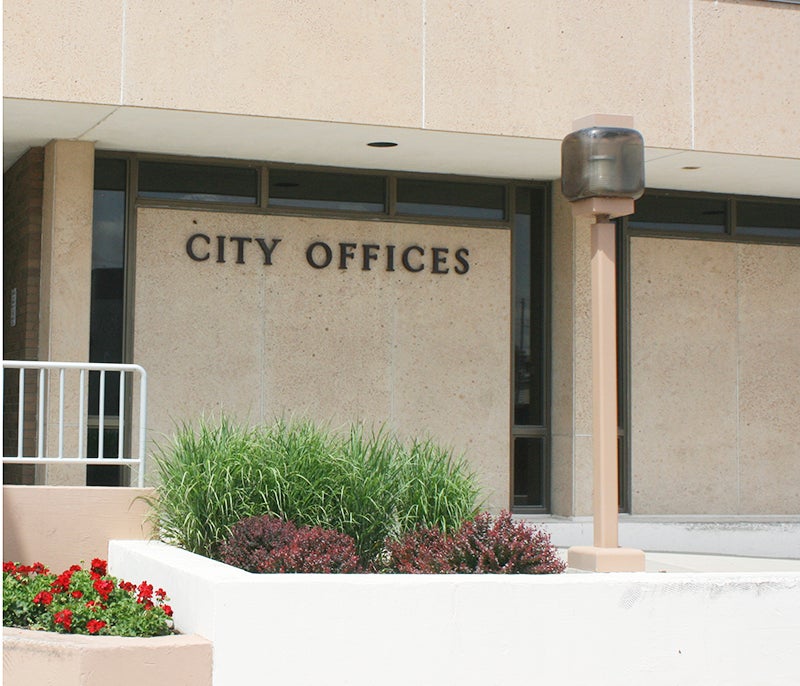Albert Lea school district receives over $1M to address lost learning in pandemic
Published 5:09 am Thursday, March 3, 2022
|
Getting your Trinity Audio player ready...
|
The Albert Lea school district has received almost $1.05 million from the Elementary and Secondary Schools Emergency Relief III fund to establish opportunities after school and in the summer to address the impacts of lost learning during the pandemic.
ESSER was established as part of the Education Stabilization Fund in the Coronavirus Aid, Relief, and Economic Security act. According to Jennifer Walsh, director of finance and operations, under the grant the district received $1,048,882. Administrators have until Sept. 30, 2024, to spend it.
Walsh said the district is still figuring out how the money will be spent.
“We’re just in the process of getting started with planning activities for the spring and summer,” said Chris Chalmers, director of Community Education.
With the funds, he wants to create student engagement and get students together and out of their houses to experience life-long learning.
Chalmers said the first opportunity to use the funds will be during spring break, when students in kindergarten through seventh grade will have the opportunity to do rock climbing, participate in gym games and do yoga, all for free.
“That’s huge,” he said.
Registration for Brookside programs will end Monday.
And funding isn’t limited to Community Ed.
“We’re looking at doing disc golfing, river trips, kayaking, canoeing, taking students to state parks, hikes,” he said.
Money will also go toward a chess club for students in eighth through 12th grade at the high school, as well as art or cooking classes, sports, camps or other clubs.
While a lot of these programs may seem familiar, they’ll be free for students.
“We don’t have [all the programs] listed right now,” he said. “That’s going to develop this next year.”
Besides activities, Chalmers suggested money could go toward tutoring.
His goal is to impact every student in the district, and though he admitted it was unlikely every student would participate, he hoped to draw students to different programs.
And if enough students participate, he’s hopeful costs could stay low.





